"Weekly Editor's Picks" is a "functional" section of Odaily Planet Daily. In addition to covering a large amount of real-time information every week, Planet Daily also publishes many high-quality in-depth analysis content, which may be hidden in the information flow and hot news, passing by you.
Therefore, our editorial department will select some high-quality articles worth reading and collecting from the content published in the past 7 days every Saturday, bringing new inspiration to you in the encrypted world from the perspectives of data analysis, industry judgment, and opinion output.
Below, let's read together:
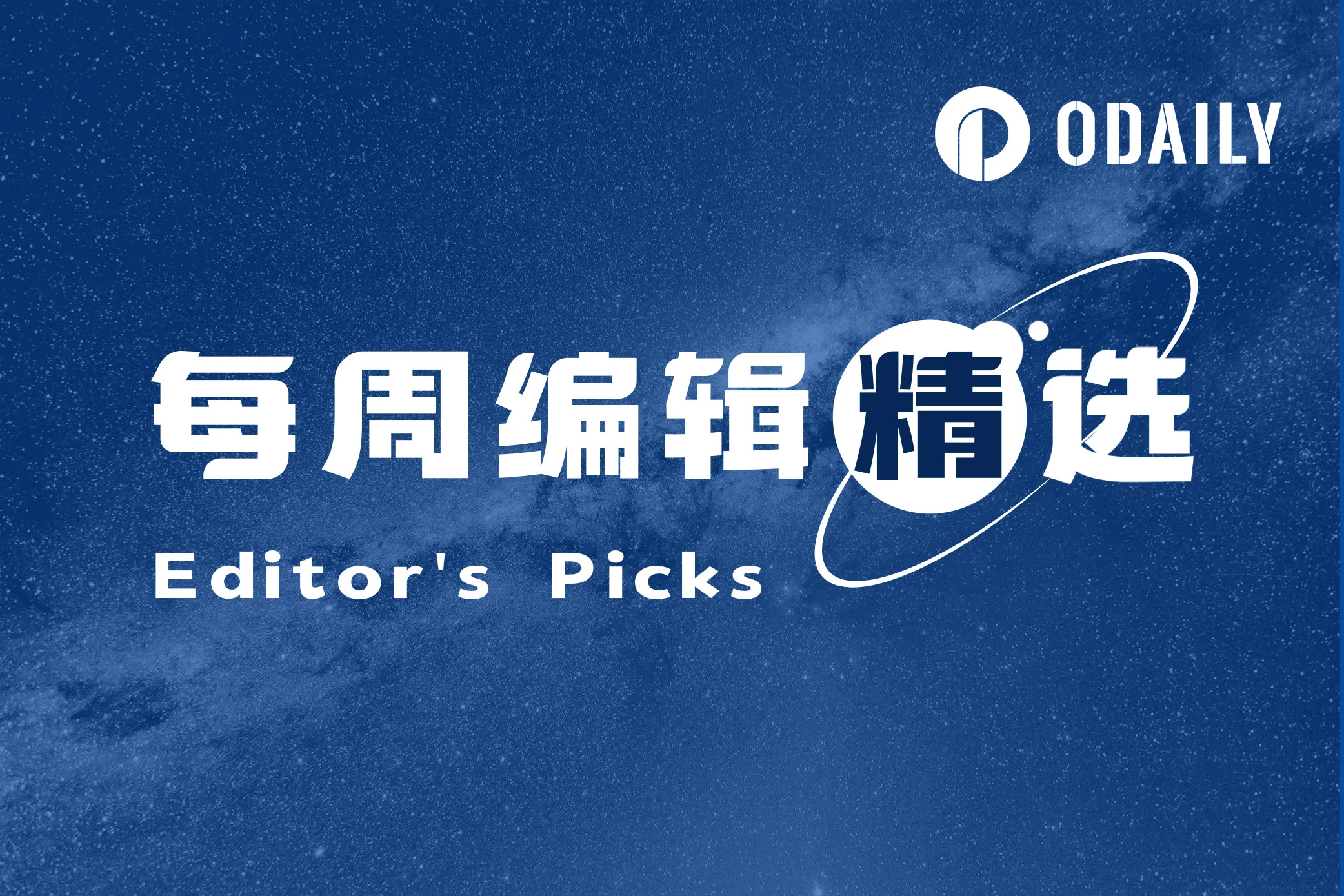
Investment and Entrepreneurship
Multicoin: 8 Things That Excite Us Most in 2024
Theory of attention to value; social network for NFT collectors; transfer driven by stable coins in emerging markets; transformation of cryptocurrencies from products to driving products; on-chain data; new forms of token distribution; UI layer composability; client-side zero-knowledge proof (ZK).
OKX Ventures: 7 Most Explosive Tracks in 2024
BTC expansion and application outbreak, increased network security through increased on-chain activity; Ethereum Cancun upgrade to improve Layer 2 usability, leading the industry forward; Alt-layer 1 ecosystem represented by Solana will benefit from industry recovery; AI narrative closely integrated with Web3 technology, new applications emerging; explosive new paradigm in blockchain games, breakthrough in FOCG; DePIN continues to maintain high growth; macro environment is improving, entering a new era of encryption.
Wintermute OTC Annual Report: Trading Volume Quadruples in the Second Half, TradFi Resurges
As trading volume shifts off-exchange, OTC trading volume in the second half of the year increased by over 400%.
Payment concept assets (such as XRP) are the third largest category of cryptocurrencies by trading volume, following BTC and ETH.
L1 and L2 trading volumes continue to grow, with ETH and MATIC in the lead.
DeFi remains strong, with a small increase in market share and a significant increase in nominal trading volume.
TradFi resurges and shifts towards trading in meme coins.
Understanding the Price Determination Mechanism of Bitcoin ETF
ETF fees, as the management cost borne by investors, directly affect the return on investment. Therefore, when choosing ETF products, investors often prioritize options with lower fees.
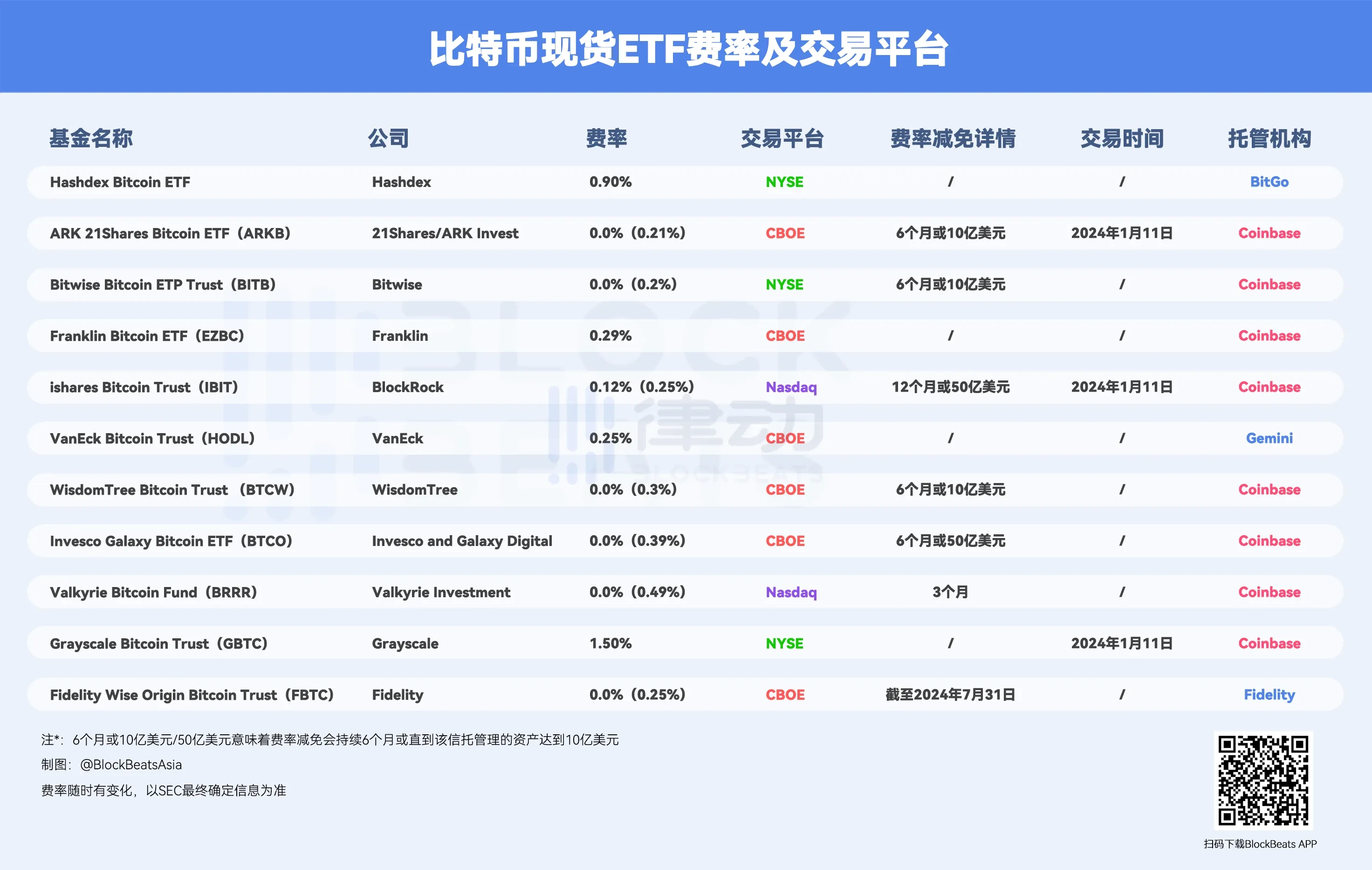
ETFs determine their prices through different participants, trading in the primary and secondary markets, by using an "arbitrage mechanism" to ensure that the ETF's trading price accurately tracks its NAV. Of course, ETF prices may have premiums or discounts, in addition to being the result of trading, there are also other factors, such as trading of assets within the ETF in different time zones, etc. 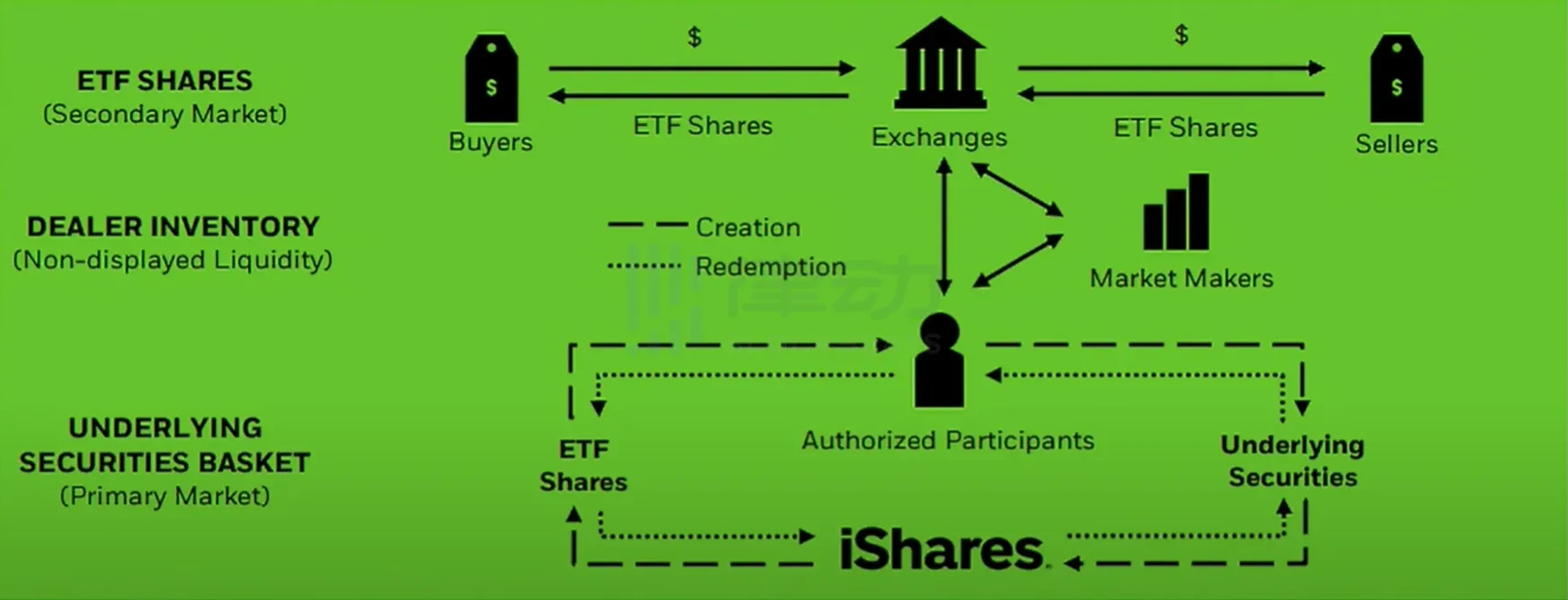
Also recommended: "Using $1000 as an example, explaining the impact of spot ETF on Bitcoin price".
NFT, GameFi
NFT fractionalization protocol Flooring Protocol hopes to innovate NFT trading by introducing the µToken/FLC trading pair in the Floor liquidity pool. µToken represents the value of fractionalized NFTs, and users deposit NFTs into Flooring Protocol to obtain the corresponding µToken represented by the NFT. After introducing the µToken/FLC trading pair, users' trading operations with FLC will directly affect the price of µToken. When trading on Flooring Protocol, the best exchange route on Uniswap will be ETH -> FLC -> µBAYC.
If FLC is included in the investment portfolio strategy, "Choosing FLC = Bullish on Blue Chip NFTs," this is undoubtedly attractive to users who are interested in investing in the NFT market. However, not long after, both FLC and the NFT market collapsed.
Looking back, providing liquidity solutions for the NFT market often proves difficult; attaching the value of NFTs to FT tokens and introducing DeFi mechanisms to bring liquidity to the market also dilutes the cultural significance, brand value, and community loyalty carried by NFTs in favor of liquidity.
Overview of Blockchain Games: Review of 2023, Outlook for 2024
Although the growth of the blockchain game market has been relatively flat, it also saw a significant upward trend at the end of the year.
This year's games, only 6% have more than 1,000 active wallets, a decrease from 10% last year.
AI is profoundly changing this industry.
Layer 2 blockchains are also developing rapidly, but old-school blockchains like BNB still dominate the market.
In terms of user acquisition, reaching a large user base through social platforms such as Telegram and X (Twitter) has become a trend.
Web3
The Rise and Fall of MetaMask: Bitcoin Ecosystem Strongly Rises, Competitors Overtake
The Bitcoin and Solana ecosystems are strongly rising, and competitors are overtaking MetaMask, which is facing its most intense market competition since its inception. It is difficult for MetaMask to create new moats oriented towards developers. ConsenSys does not target the sinking market, and MetaMask wants to promote its products in a more secure and stable manner, but in the short term, it is difficult for such product logic to once again establish an effective moat for MetaMask to face today's market competition.
Bitcoin Ecosystem
CoinShares Mining Report: The Bitcoin Cycle Cipher Hidden Behind the Halving
The average production cost of each BTC after the halving is $37,856.
Most miners will face the challenge of high SG&A costs and must reduce costs to remain profitable, even if the price of Bitcoin remains above $40,000, it is expected that only a few mining companies will be profitable.
Cregis Research: 2023 Bitcoin Ecosystem Research Report
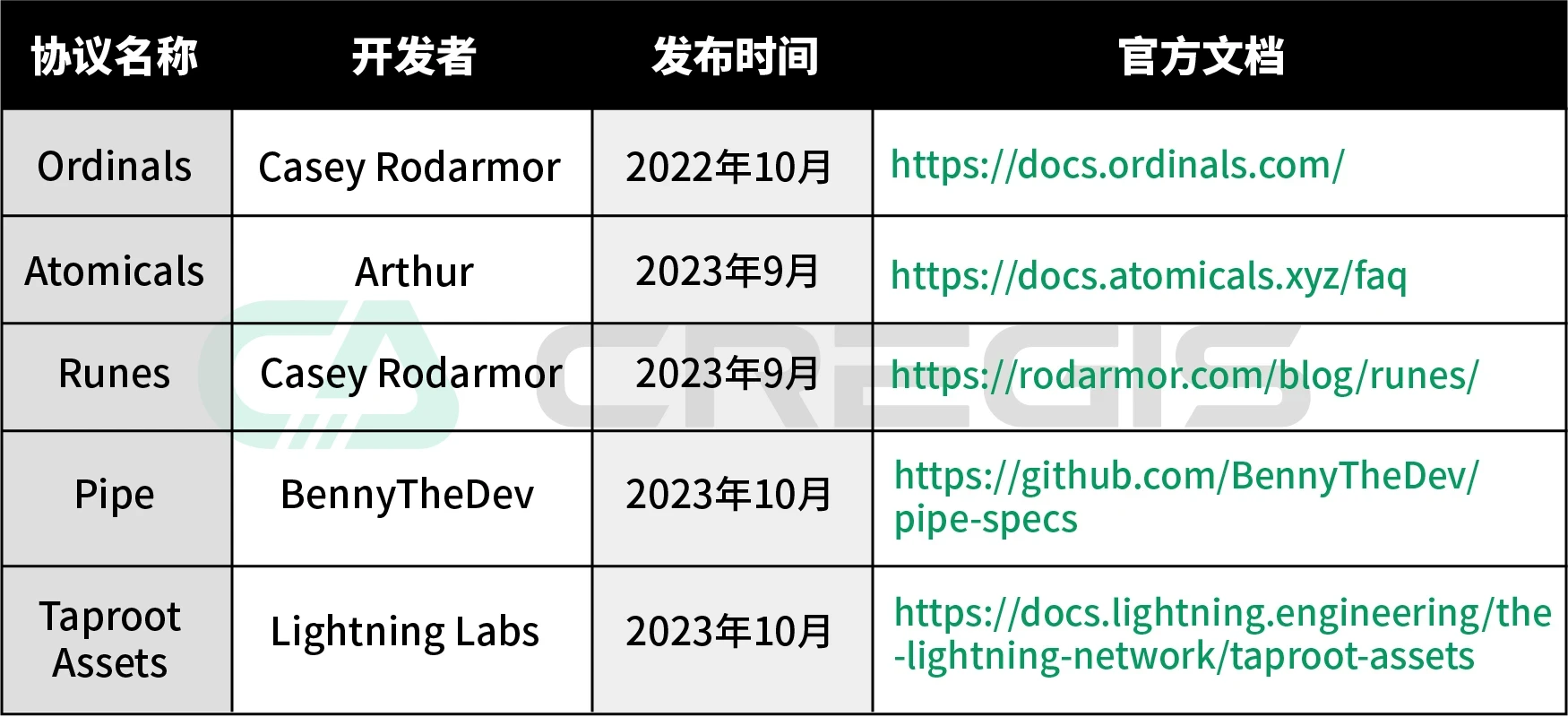
Bitcoin Main Chain Expansion Protocol
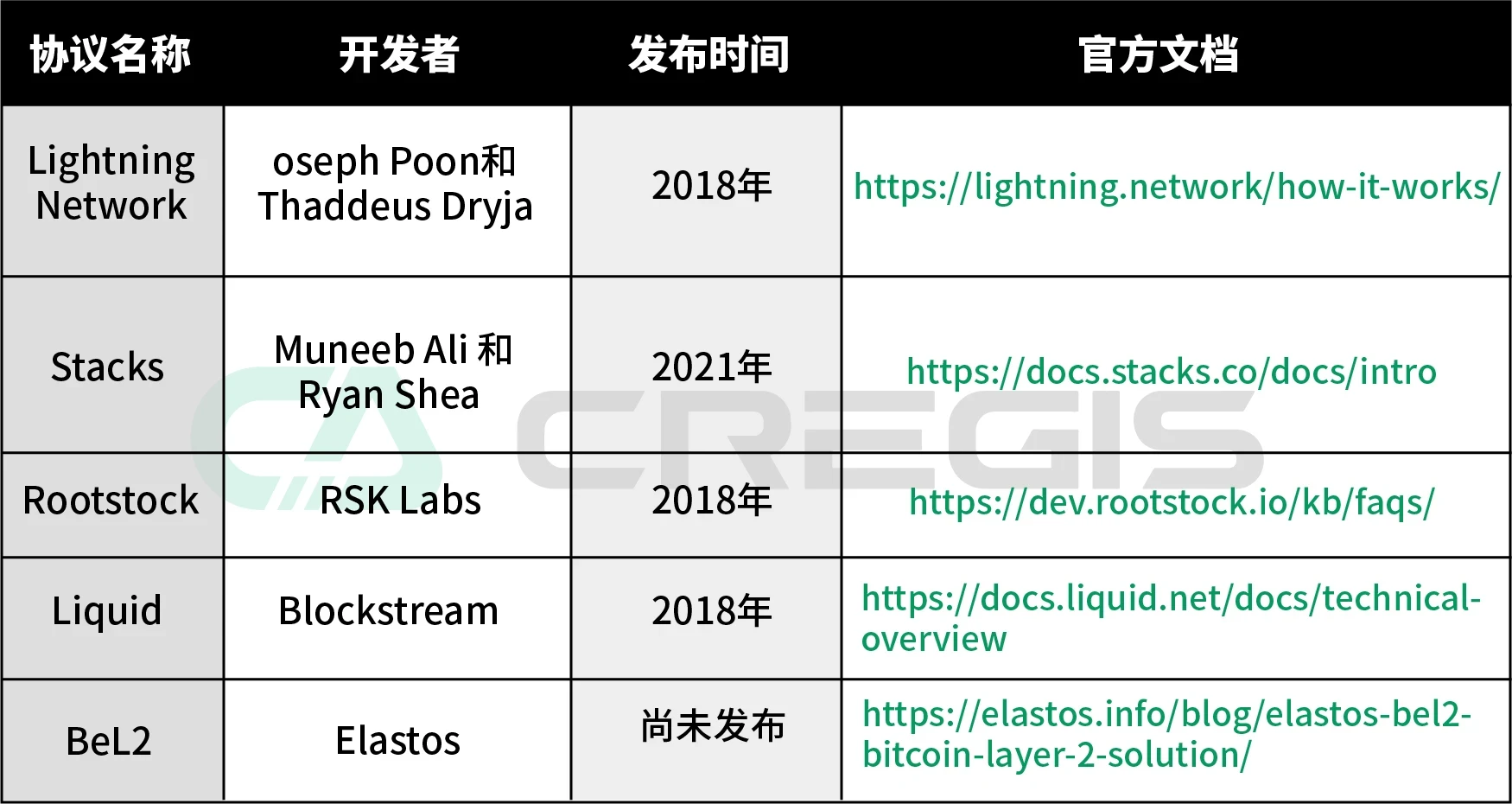
Bitcoin Layer 2 Solution

Bitcoin Turing-Complete Solution
Inventory of 20 Bitcoin Layer 2 Early Projects Worth Paying Attention to
Rollup: B² Network, BL2, Chainway, Bison, Rollux, BOB, Hacash.com, BeL2; Sidechain: Libre; DA: Nubit; Combined with AI: x.TAI, AiPTP; Others: BEVM, Dovi, ZeroSync, Map Protocol, Tectum, Bitfinity, BitBolt, DFS Network.
Ethereum and Scalability
Cancun Upgrade Imminent, How to Make Investment Choices Between L2 and L1?
Ethereum L2 solutions are gaining lasting importance. However, evaluating L2 solutions is far from simple. Unlike L1 networks like Ethereum, L1 networks have clear sources of income from transaction fees and clear costs from token issuance, while L2 solutions bring unique valuation challenges.
EIP-4844 has significantly reduced costs, and income expectations may remain stable or increase with increased on-chain activity. EIP-4844 changes the way Rollups earn and spend money. With dynamic blob fees, part of the fee market follows regular rules, while the other part adjusts based on blob supply and demand. As blob demand grows, gas costs also rise.
With the increasing number of application chains, the Rollups as a Service (RaaS) business model becomes increasingly important. RaaS makes developers' work simpler, faster, and more flexible. This allows them more time to prioritize and focus on the core logic and business model of the application.
From an investment perspective, governance tokens for Rollups, such as OP or ARB, make the situation more complex. L2 does not have a unique currency premium. In a bear market, there is limited room for growth, and in a bull market, growth narratives rely on network effects. Airdrops also affect user behavior. L2 will attract more users, benefiting ETH holders and validators, but choosing winners in L2 becomes complex. Ultimately, holding ETH may be the safest bet.
The diverse ecosystem, specialized characteristics, and diversification still make other L1s attractive for specific use cases and risk mitigation. Surviving L1s will bring unique value beyond EVM compatibility and lower gas fees.
Celestia Invasion War Begins, Will Ethereum Be the Biggest Winner?
The core of the Ethereum blockchain system is Data Availability (DA) and interoperability. DA corresponds to the validation ability of Ethereum's Validators; interoperability corresponds to the communication and interaction capabilities between Ethereum and other chains.
For L2 developers, the only choice is the trade-off between DA orthodoxy and chain launch cost. Third-party DAs like Celestia are naturally the better choice. For developers who choose shortcuts to operate L2, cost will inevitably be the primary consideration, and the biggest cost of L2 is Ethereum's DA cost. Choosing a third-party DA with low cost to hedge the market revenue pressure of early operation may be the preferred choice for most small tail-end developers.
L2 development has left behind a basket of problems, and any one of these problems, when taken out, could become a powerful development direction with capital narrative imagination space, with matching Stack framework and Celestia DA.
Compared to the loss of DA orthodoxy, the diversified and prosperous L2 and L3 markets rising, Ethereum will always be the biggest beneficiary.
Data Availability Solutions and Project Inventory
The DA problem faced by L2 is mainly the trade-off between security and cost. Under this trade-off, on-chain and off-chain DA solutions have emerged.
On-chain solutions include Proto-Danksharding, while off-chain solutions are divided into Validium, Data Availability Committee (DAC), Volition, and generic DA solutions.
Popular DA layer projects include StarkEx, zkPorter, EigenDA, Celestia, and Avail. Ethereum is only willing to separate the execution layer and hopes to continue to maintain the functionality of the DA layer, settlement layer, and consensus layer. After the Cancun upgrade is officially completed, these off-chain DA layer projects (especially DA public chains) may directly compete with Ethereum's business, and at that time, besides lower costs, how will they improve their competitiveness?
Celestia's choice to issue coins to incentivize developers and active addresses on the chain may also have strategic considerations for seizing the initiative and winning hearts. At the same time, for users, it is worth looking forward to whether big projects like Optimism and Arbitrum will emerge in the DA layer competition in the future.
Earn Multiple Points, Inventory of 12 Peripheral Projects of EigenLayer
Ether.Fi, Renzo, Mangata, Kelp DAO, AltLayer, PolyHedra, Hyperlane, Omni Network, Espresso Systems, EigenDA, Witness Chain.
Multi-Ecosystem and Cross-Chain
Exploring the Cosmos Ecosystem: Overview of Potential Protocols Yet to Issue Coins
Recently, besides ATOM, the Cosmos ecosystem is basically making efforts, and the article introduces the protocols in the Cosmos ecosystem that are about to launch tokens: ZetaChain, Dymension, Saga, BeraChain.
Cosmos: Leader and Potential Winner of Modular Blockchain
Modularity can be seen as the "smart contract client" of the Web3 world.
The original idea of Cosmos was to build a platform for decentralized trading, storage, and protection of value, encouraging cooperation, innovation, and competition. Therefore, Cosmos chose to build a modular software stack - the Cosmos SDK and interconnected blockchain networks. This allows the central and regional areas of the Cosmos ecosystem to launch modular blockchains with custom execution environments, while using IBC for cross-chain communication. This vision of modular and autonomous growth has rapidly increased the number of regions. As of now, 52 out of 56 regions are active.
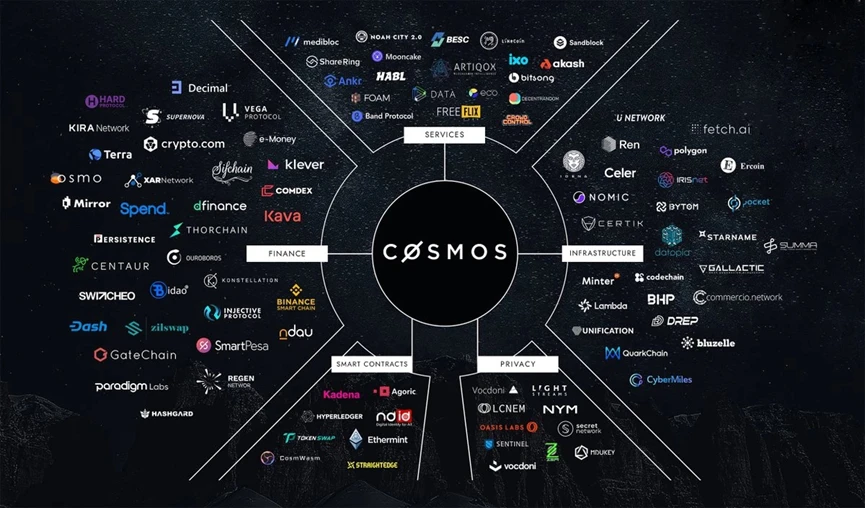
Apart from Celestia, the public chains built based on the modular tools of Cosmos also include several hot projects worth paying attention to: Dymension, Osmosis, Neutron, Injective.
Overview of 6 Potential Projects on Celestia
Ancient, HyperLane, Skip, Cartesi, Union, Alt Layer.
As TVL Continues to Soar, What Are the Potential Airdrop Projects in the Sui Ecosystem?
The article lists 7 potential protocols and interaction strategies on Sui: Haedal Protocol, Volo, Scallop, NAVI Protocol, BlueFin, KriyaDEX, Bucket Protocol.
LD Capital: Sui, a New Public Chain with Accumulated Strength
The MOVE language used by Sui has high scalability, good programmability, fast speed, and low cost advantages. The ecosystem is thriving, and hot projects are emerging. The team has solid technical capabilities, a good investment background, and a strong fundamental foundation.
The token has had no large unlocks in the past 3 months, with the first investor unlock scheduled for May. In comparison with new public chain data, it has advantages.
The token price has just returned to the level of its listing in 2023, and the trading volume of futures and spot contracts is active. It is currently in a consolidation phase or trending towards further upward breakthrough.
ZK
Coinbase: Comprehensive Interpretation of the Zero-Knowledge Proof Track
Zero-knowledge proofs (ZKP) and their derivative technologies are a major breakthrough in cryptography and are largely seen as the ultimate goal of blockchain design concepts.
Today, zero-knowledge proofs are increasingly becoming promising solutions to unresolved issues in web3, including blockchain scalability, privacy-preserving applications, and trustless interoperability.
In 2023, over $4 billion was invested in zero-knowledge technology, mainly focused on the scalability of Ethereum L1/L2 protocols, emerging infrastructure, and developer tools. Although the zero-knowledge ecosystem is still in its early stages, its rapid development is expected to usher in a new era of secure, private, and scalable blockchain solutions.
The zero-knowledge field can be divided into three layers:
1) Infrastructure, which includes tools/hardware for building protocols/applications on top of zero-knowledge primitives; 2) Network, which involves L1/L2 protocols using zero-knowledge proof systems; 3) Applications, which are end-user products using zero-knowledge mechanisms.
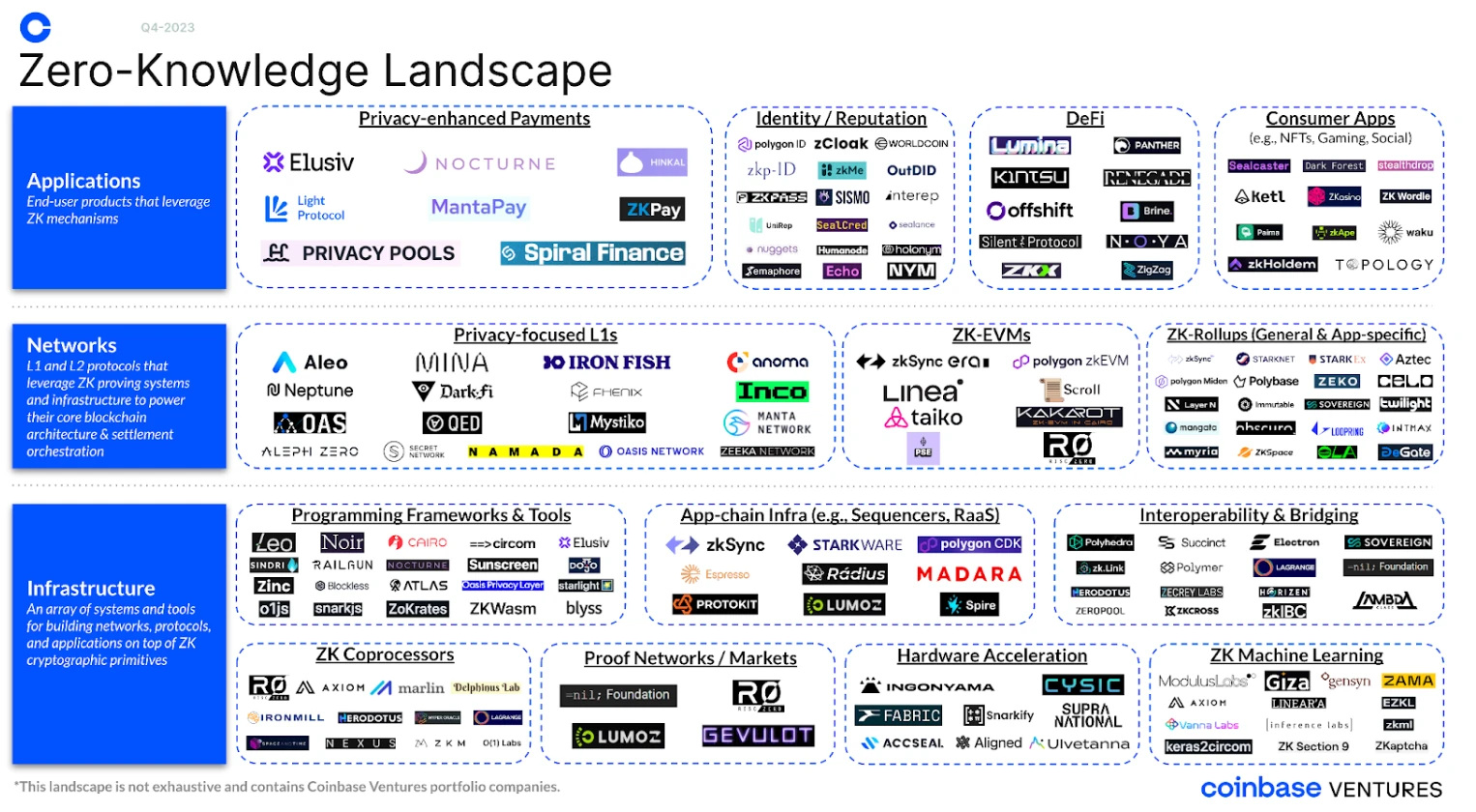
Policy
Virtual Asset ETF Basic Guide: Comprehensive Analysis of the Hong Kong SFC License
On December 22, 2023, the Hong Kong Securities and Futures Commission announced the "Circular on the SFC's Acceptance of Applications for Authorized Funds Investing in Virtual Assets," officially stating its readiness to accept applications for spot virtual asset ETFs. It also explicitly stated that licensed institutions can issue and manage corresponding spot ETFs for virtual assets (such as Bitcoin, Ethereum) that are allowed to be traded on licensed trading platforms, and can subscribe and redeem them in physical and cash forms on licensed trading platforms or recognized financial institutions.
For institutions wishing to issue spot virtual asset ETFs, they may need to pay more attention to the industry's commonly mentioned "149" license.
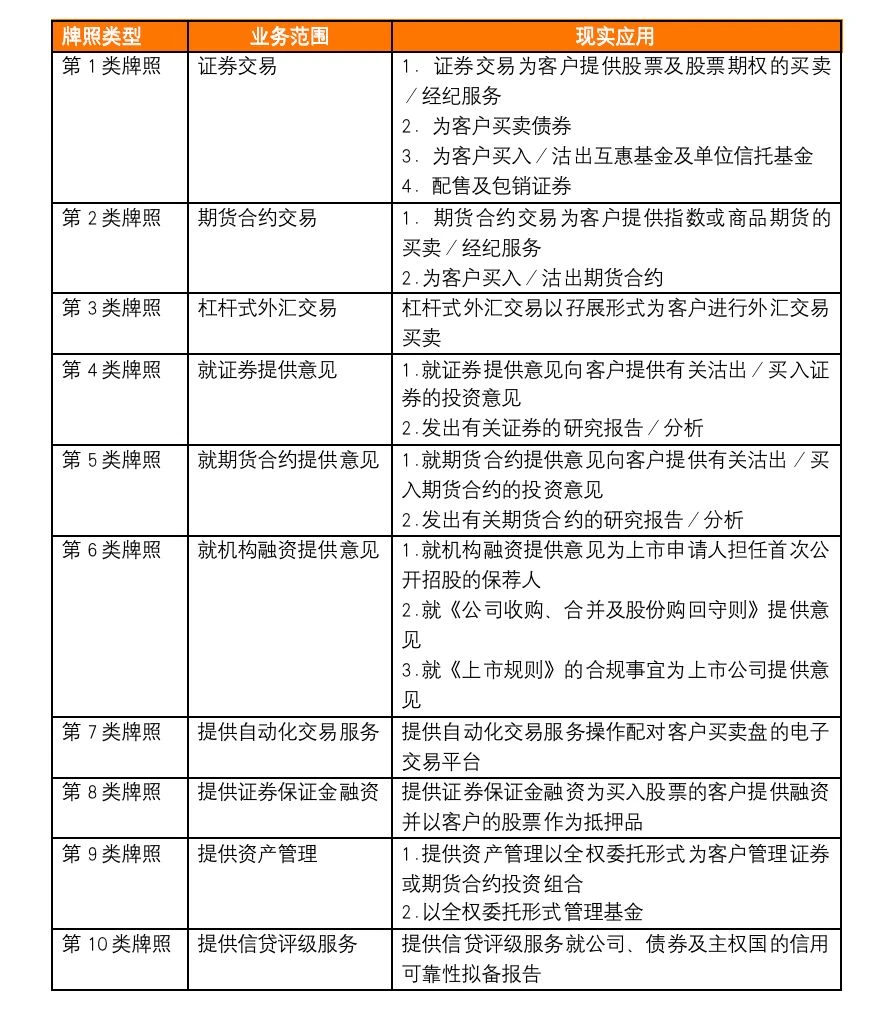
In terms of application time, for new industry participants, the typical waiting times are: seven business days (applicable to applications for temporary licensed representatives); eight weeks (applicable to applications for ordinary licensed representatives); ten weeks (applicable to applications for responsible officers); or fifteen weeks (applicable to applications for licensed corporations).
Weekly Hot Topics Recap
In the past week, BTC fell as ETF good news landed and Grayscale "dumped", meme season strikes again, Bitcoin's total network hash rate dropped by about 25% due to power restrictions in Texas, USA, Core Scientific's restructuring plan approved by bankruptcy court, plans to relist in January, TUSD unanchored (reason analysis);
In addition, in terms of policy and macro markets, the SEC held a hearing on Coinbase, the chairman of the SEC: Respect for the court's ruling, Grayscale's victory is crucial for the approval of Bitcoin spot ETF, the Monetary Authority of Singapore: Bitcoin spot ETF cannot be listed in Singapore, South Korean financial regulators approve overseas Bitcoin futures ETF trading, the Thai SEC: No plans to allow local spot Bitcoin ETFs, Thailand cancels personal investment restrictions on digital tokens;
Viewpoints and voices: SkyBridge Capital founder: Bitcoin fell after the spot ETF was listed, partly due to GBTC selling (analysis), Robinhood CBO: Most GBTC sellers have invested their funds in other Bitcoin spot ETFs, Arthur Hayes: Bitcoin ETF will create arbitrage opportunities, Grayscale CEO: Most of the 11 spot Bitcoin ETFs cannot be retained in the long term, Franklin Templeton: Excited about Ethereum and its ecosystem; should not overlook Bitcoin ecosystem Ordinals and L2 projects, investment bank TD Cowen: SEC will not approve Ethereum ETF in the short term, Vitalik: Networks with stronger security properties than multi-signature are needed to meet L2 standards, Pantera Capital: Invest in Bitcoin first, then invest in altcoins in a bull market;
Institutions, large companies, and leading projects: ProShares submits applications for five leveraged Bitcoin spot ETFs, Tesla supercharging stations set to accept DOGE payments, Solana Chapter 2 phone pre-sale begins, Base releases testnet Sepolia migration schedule: Goerli infrastructure will be shut down on February 9, UniSat: Due to version issues, some platform transactions may result in the loss of inscriptions, Lido initiates "Choose team to develop BNB on wstETH bridging" proposal, Blast testnet officially launches and introduces "BIG BANG" competition, Dymension announces airdrop rules and token economic model, Conflux launches Bitcoin Layer 2, will be compatible with EVM and use BTC as gas token, Manta attacked…… Well, it's been another eventful week.
Attached is the series of "Weekly Editor's Picks" portal.
Until next time~
免责声明:本文章仅代表作者个人观点,不代表本平台的立场和观点。本文章仅供信息分享,不构成对任何人的任何投资建议。用户与作者之间的任何争议,与本平台无关。如网页中刊载的文章或图片涉及侵权,请提供相关的权利证明和身份证明发送邮件到support@aicoin.com,本平台相关工作人员将会进行核查。




